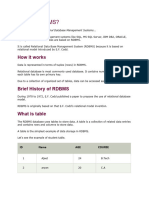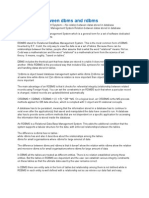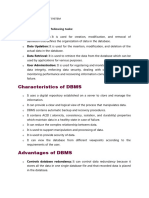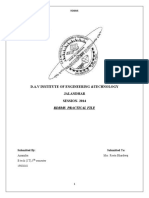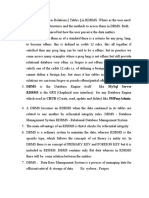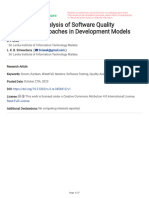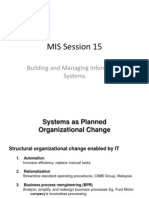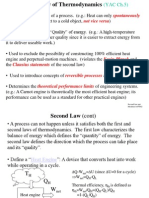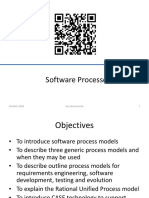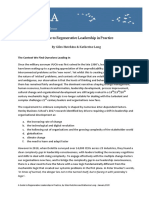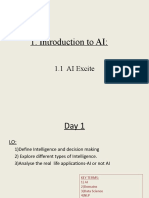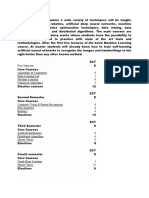0% found this document useful (0 votes)
65 views2 pagesDifference Between DBMS Vs RDBMS
DBMS stores data in files without relationships while RDBMS stores tabular data with relationships and supports features like transactions, users, and normalization. RDBMS is better suited for large, complex databases with multiple users by enforcing data integrity and providing faster data access through queries. The main examples of DBMS are file systems while RDBMS examples include MySQL, Oracle, and SQL Server.
Uploaded by
Jbr RaheemCopyright
© © All Rights Reserved
We take content rights seriously. If you suspect this is your content, claim it here.
Available Formats
Download as PDF, TXT or read online on Scribd
0% found this document useful (0 votes)
65 views2 pagesDifference Between DBMS Vs RDBMS
DBMS stores data in files without relationships while RDBMS stores tabular data with relationships and supports features like transactions, users, and normalization. RDBMS is better suited for large, complex databases with multiple users by enforcing data integrity and providing faster data access through queries. The main examples of DBMS are file systems while RDBMS examples include MySQL, Oracle, and SQL Server.
Uploaded by
Jbr RaheemCopyright
© © All Rights Reserved
We take content rights seriously. If you suspect this is your content, claim it here.
Available Formats
Download as PDF, TXT or read online on Scribd
/ 2













